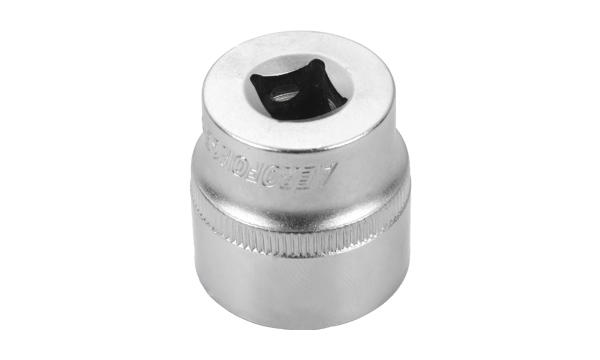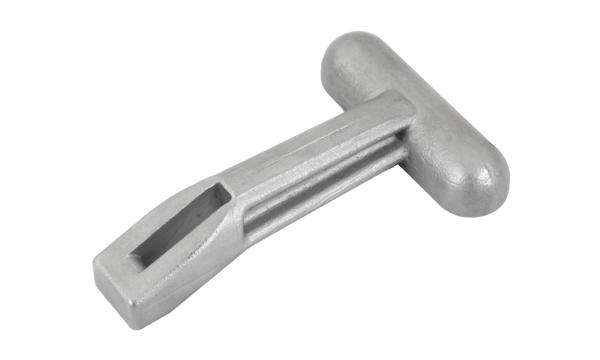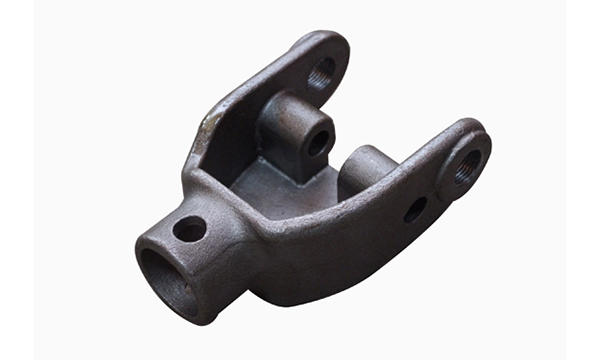The process of hot forging involves applying high temperatures to the workpiece metal.
Posted by Admin
The Process of Hot ForgingThe process of hot forging is an efficient way to create high-quality and cost-effective products. However, it does involve considerable art and customisation. Therefore, close collaboration between buyers and producers of hot forgings is crucial to achieving high quality and cost-effective products. The importance of involving the forger in the design and development process of products cannot be underestimated. This article explores the process and the benefits associated with it.The process of hot forging involves applying high temperatures to the workpiece metal. The desired temperature will depend on the type of metal that is being formed. For example, steel requires a temperature of approximately 2,100 degrees Fahrenheit, whereas aluminum and copper alloys require a temperature of 680 to 970 degrees. The high temperature is important to prevent strain hardening during the deformation process. In addition, the process can produce complex 3D geometries.The production department is organized into four functional areas: a foundry workshop, a machine shop, a fabrication shop, and an assembly and test area. A foundry is another component of a hot forging production department. It is used to cast investment or sand in metals. Both processes have production lines and are adjacent to roller systems. The production department also houses a laboratory for conducting tests and performing quality control. There are four areas involved in the production of hot forging.In Hot Forging, a preformed piece of metal is forced to take an impression between two dies. The metal will take on the shape of the final product and may have an uneven or curved edge. Depending on the skill level of the smith, this process can be very precise. If the workpiece is complex and requiring different dies, the hammer blows will be repeated several times until the final shape is formed.Cold forging, on the other hand, does not require any heating. This process is usually carried out at room temperature, and metals commonly used for cold forging are carbon alloy steels and standard steels. Cold forging can also be done by placing the metal into a die, where it is struck repeatedly by a hammer. The hammer may be mechanized or operated manually. Its effect is to create a part that is easier to shape and less likely to fracture.During Hot Forging, a workpiece is heated above its recrystallization temperature, which prevents it from strain-hardening. The high-temperature process also changes the grain structure of the workpiece. As a result, the metal retains its newly-defined shape after cooling. It also prevents the metal from strain hardening, making it suitable for manufacturing intricate metal shapes. Hot forging also increases a workpiece’s ductility and toughness.Generally, automotive forging is made of steel. It has been a major contributor to the rise of lightweight construction, as wrought aluminum alloys have replaced magnesium in the automotive industry. It is also used for many small to medium-sized elements, including metals such as magnesium. As a result, Hot Forging is essential for the manufacture of many automotive components. In fact, it is the most common process used for manufacturing engine components.

Steel Cold Hot Forging Parts Carbon Steel Forgings CNC Machining PartSpecification
|
item |
forging parts |
|
Place of Origin |
China Zhejiang |
|
Brand Name |
nbkeming |
|
Model Number |
KM-F001 |
|
Material |
Carbon steel, alloy steel, stainless steel |
|
Size |
Customized according to customer’s requirements |
|
Features |
OEM processing customization |
|
Usage |
Auto parts, agricultural machinery, construction machinery, metal products, outdoor metal products, hydraulic parts |
















